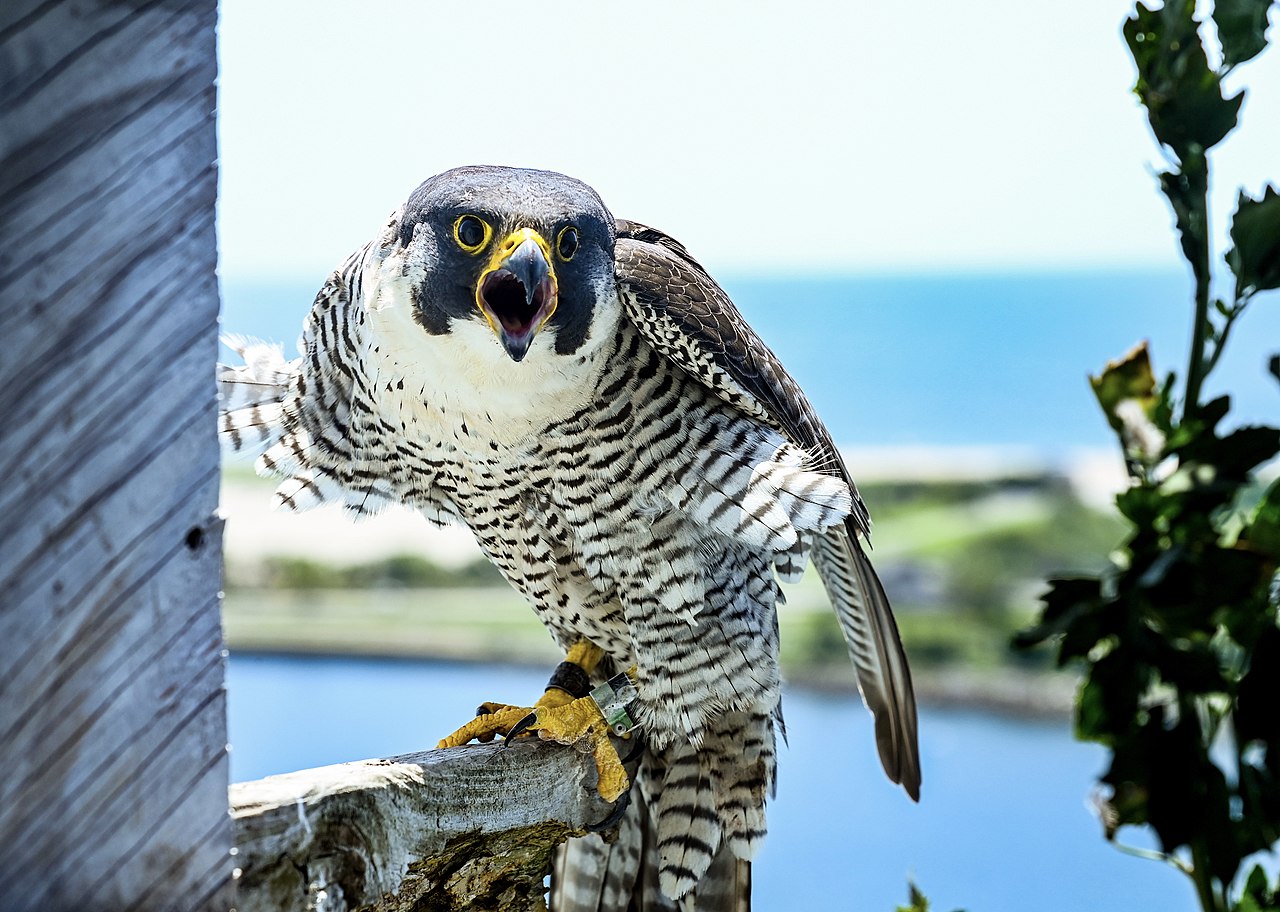New York City is home to the largest urban population of peregrine falcons in the world. These raptors were once on the brink of extinction, but thanks to conservation efforts, they have made a remarkable comeback.
Peregrine falcons are the fastest birds in the world, capable of diving at speeds of up to 200 miles per hour. They use this speed to catch their prey, which typically consists of pigeons, doves, and other small birds.
Peregrine falcons are found all over the world, but they thrive in urban environments. They are attracted to tall buildings and bridges, which provide them with safe nesting sites.
In New York City, peregrine falcons can be found nesting on bridges, skyscrapers, and even the Statue of Liberty. They are a popular sight for birdwatchers and tourists alike.
This documentary, made by NYC Media, tells the story of New York City’s peregrine falcon population. It explores the factors that led to their decline, the conservation efforts that helped them recover, and their current status in the city.
We meet some of the people who are working to protect these amazing birds. These include scientists, conservationists, and birdwatchers.
Lean back, get comfortable, and take a closer look at New York City’s peregrine falcons. These birds are a symbol of hope and resilience, and they remind us that even in the most urban of environments, nature can still thrive.
IMAGE CREDIT: Marc A. Hermann / MTA.






Leave a Reply